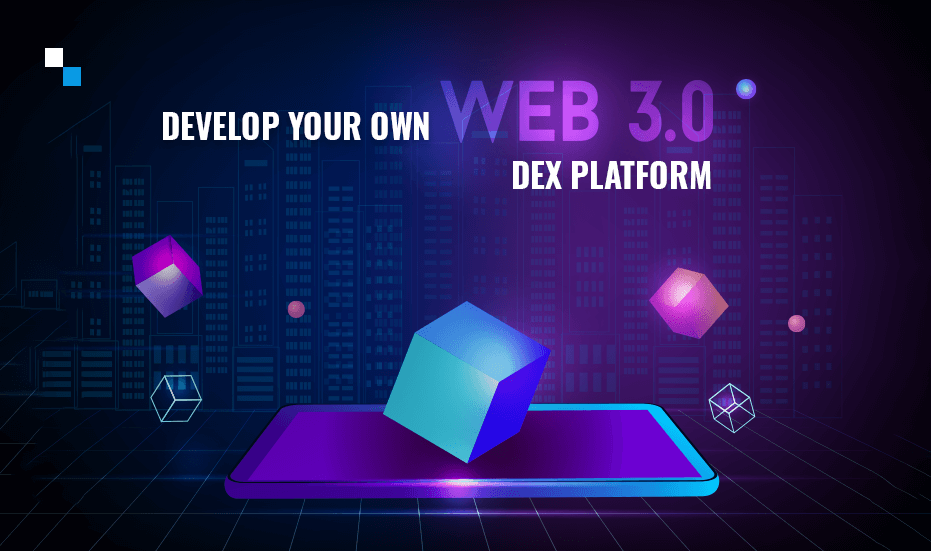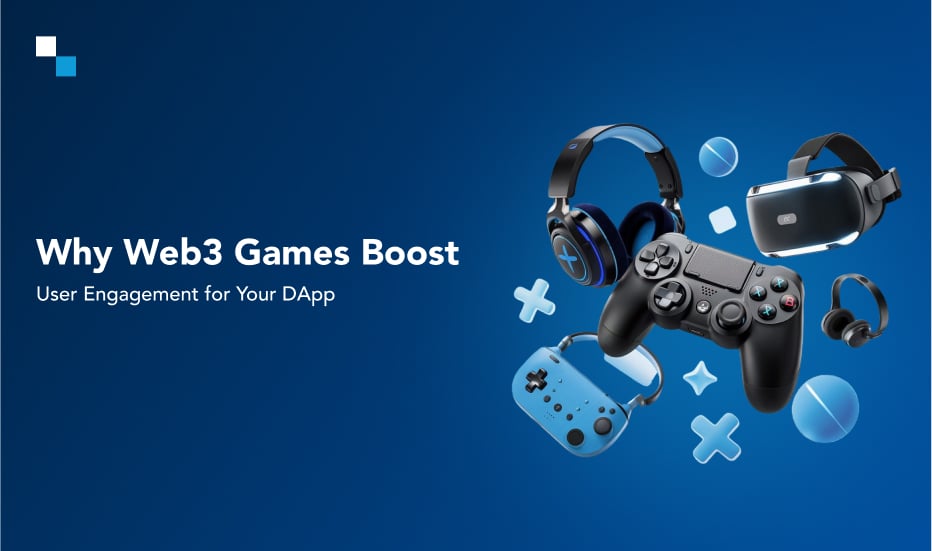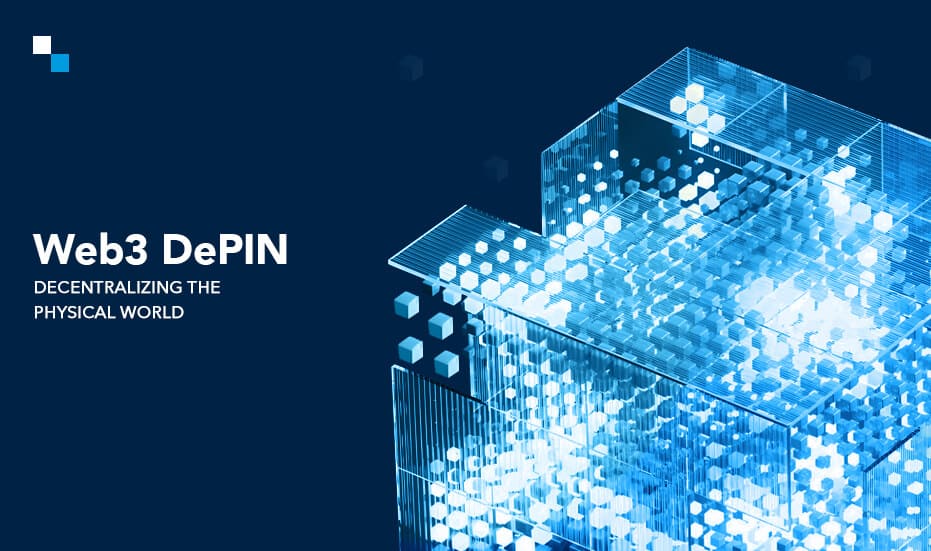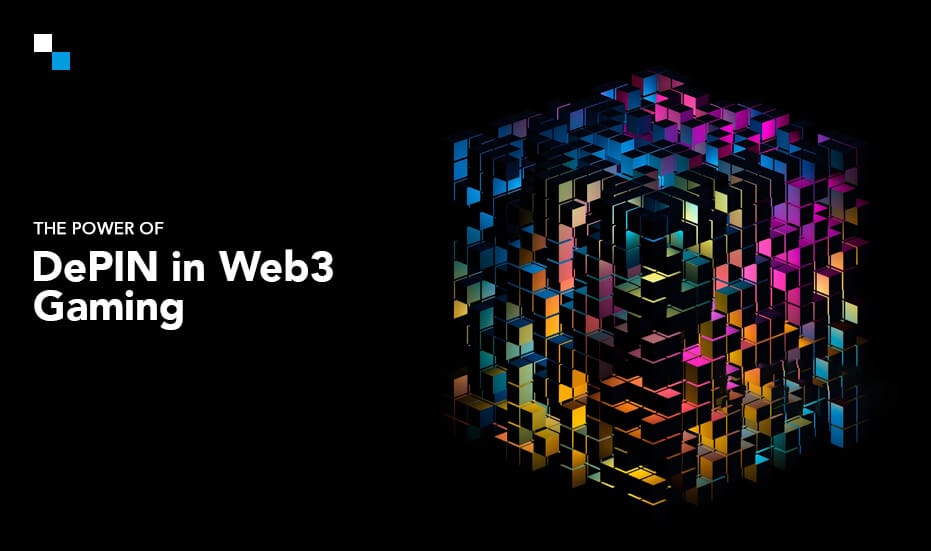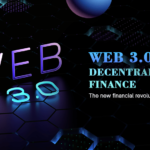In 2009, Bitcoin, a peer-to-peer decentralized payment system, became the first use-case of distributed ledger technology. The web hasn’t been the same since then. Interestingly, a rush of blockchain-based internet advancements during the past few years has contributed to the emergence of current Web 3.0. Lets explore the world of Web 3.0 DEX Development in the further sections.
Web 3.0
Web 3.0, often known as web3, was the term used for the “semantic web,” a term coined by Sir Tim Berners-Lee, the inventor of the internet; a network where computers can read data directly.
The term “web3” now refers to much more than simply the device-to-device semantic web as a result of its evolution. The phrase “decentralized web” would be appropriate to characterize web3 as it exists now. Web 3.0 is a combination of the highly advanced components that make life easier for the users as well as the creators of the Web 3.0 solutions.
Major Features of Web 3.0 are :
- Decentralization
- Artificial Intelligence & Machine Learning (AI/ML)
- 3D Graphics
- Connectivity
- Ubiquity
- Blockchain
- Edge Computing
About Decentralized Exchanges (DEX)
Okay, so we have a variety of cryptocurrencies, a variety of dApps, and the realm of DeFi are just ready to be unravelled. But how do these virtual currencies transact in a decentralized environment without the involvement of third parties like banks? Welcome to DEX, the Decentralized Exchange.
A P2P marketplace called DEX connects crypto demand and supply functions. And DEXs perform an essential task that is necessary for Web3 to survive: they make it possible to conduct monetary operations without the aid of centralized organizations like financial institutions, dealers, or middlemen.
Uniswap and Sushiswap, two well-known decentralised exchanges today, are both powered by the Ethereum blockchain.
Hire Us to Web 3.0 Decentralized exchange development
Schedule Free DemoPoints To Ponder Before you Decide Upon web 3.0 DEX development
- Naturally, the development of DApps does not encompass centralized servers. Therefore, it is better to set aside any dependence on servers and server storage technologies before proceeding with Web 3.0 Dex Development.
- Blockchain technology is integral to the development of any DeFi network. The majority of web 3.0 DEX development projects presently run on Ethereum, however other networks can also be utilized, including EOS, Polygon, Hyperledger Sawtooth, and HyperLedger Fabric.
- Programming languages like HTML, CSS, and JavaScript, which have been widely utilized for existing Web 2.0 apps, are used to write the front end of decentralized applications also
- Web 3.0 is a major component of any DeFi Dapp like a Web 3.0 Dex, and it needs a JavaScript module that allows the interface to communicate with the DApp’s blockchain host. Some nodes assist machines in linking to the blockchain to execute these apps, including third-party network providers.
- Smart contracts help create a web 3.0 DEX, and its important to understand all the necessary requirements to code smart contracts in an error free manner. These Solidity code snippets run automatically when the predetermined criteria are satisfied. They are an alternative for decentralized finance organizations since they also keep track of transaction history.
- The technology that powers the processing of smart contracts and updates data appropriately on the blockchain is called the Ethereum Virtual Machine (EVM). Despite being built on Ethereum, it enables the execution of smart contracts across different blockchains also.
Since now we have gathered enough information about Web 3.0 development, let’s move on to the process of developing a decentralized exchange on Web 3.0.
Step 1. UX/UI Design
The design team develops a successful user experience for your Decentralized exchange on your specifications and market research. A thorough visualization can shield you from any potential UX issues and let you understand the reasoning behind user engagement with the exchange.
Step 2. Front-end Programming
User interface designing is called front-end development. The engineers develop the user-visible component of your decentralized exchange. The front end is in charge of how your platform looks and feels, which is crucial for attracting and retaining users.
Step 3. Back-End Programming
The coded core is in charge of your project’s functionality and all essential procedures. The result of a conventional trading exchange optimized for the area of operation can be used by the development team. Then, this framework is adjusted to meet your needs, and a unique trading engine is developed. The business can also use a variety of APIs to further integrate with services from third parties.
Step 4. implementation of stronger security measures
Professionals incorporate several security safeguards at this point in the development process to make sure the system is dependable for everyone. Encrypted access to the user interface and an encrypted database are important security features.
Step 5. providing cryptocurrencies on the exchange
The project team provides the required coins to the platform after deciding which currencies to put on the platform. Only after that, the users will be able to acquire and trade various kinds of cryptocurrencies.
Step 6. Exchange Deployment on Testnet & Mainnet
Your cryptocurrency trading software is now good to use following all the trials and modifications. Although there is a lot of marketing and maintenance work to be done, these tasks will be made much simpler by high-quality web 3.0 decentralized exchange services.
Conclusion
Web 3.0 is already a reality rather than a silly idea. In reality, this is all achieved by intelligent systems expertise with AI/ML. Language comprehension is essential to many aspects of the Web.
Vulnerabilities and other difficulties still exist for centralized exchanges, which might cause a postponement in the registration of the new coins. Decentralized exchange development can be used by enterprises for a better, safer, and more effective crypto trading service.
Web 3.0 Decentralized exchange development is one of the services that Antier offers. We are experts at creating platforms with shorter trade latency, more liquidity, and simple user interfaces. If you want to Develop your own web 3.0 DEX platform, contact us today to know more.
